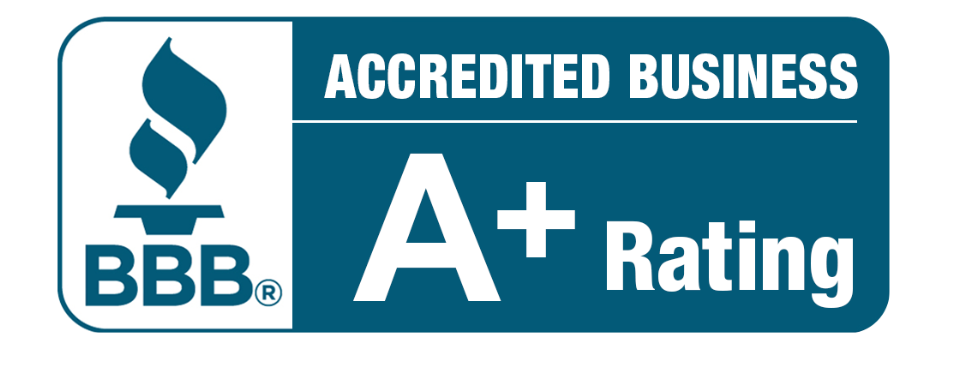Understanding the Employment Authorization Document (EAD): Your Path to Legal Employment in the U.S.
For individuals seeking to work legally in the United States, obtaining an Employment Authorization Document (EAD) is an essential step. This document, often referred to as a USCIS work permit, allows non-citizens to work in the U.S. legally, making it a crucial aspect of maintaining lawful employment while residing in the country. Whether you’re waiting for a green card, on a temporary visa, or seeking asylum, an EAD can be your key to employment in the U.S.
This blog will explore what an Employment Authorization Document is, who is eligible to apply for one, how to apply, the EAD card processing time, and what to do if you haven’t received your EAD after 90 days.
Call +1 844-606-2272 for more information and to schedule a consultation.
What is an Employment Authorization Document (EAD)?
An Employment Authorization Document (EAD) is a legal document issued by U.S. Citizenship and Immigration Services (USCIS) that grants temporary permission for non-citizens to work in the United States. The EAD is typically valid for a specific period, often corresponding to the applicant’s immigration status, and must be renewed before it expires if the individual wishes to continue working.
The EAD is essential for individuals who are not U.S. citizens or lawful permanent residents (green card holders) but have legal authorization to work. Once approved, the EAD serves as proof to employers that the holder is authorized to work in the U.S. It can be used in place of other documents required by the Form I-9 (Employment Eligibility Verification).
Who is Eligible for an EAD?
Eligibility for an Employment Authorization Document is generally extended to non-citizens in specific immigration categories that permit work in the U.S. Some of the groups eligible for an EAD include:
- Pending Green Card Applicants (Adjustment of Status)
Individuals in the process of adjusting their status to become lawful permanent residents (green card holders) can apply for an EAD while their green card application is being processed. This allows them to work legally during the waiting period. - Temporary Protected Status (TPS) Holders
People from certain countries designated for Temporary Protected Status (TPS) due to extraordinary conditions like armed conflict or natural disasters may apply for an EAD to work in the U.S. - Asylum Seekers and Refugees
Individuals who have applied for or been granted asylum or refugee status are eligible for an EAD. Asylum seekers can apply for an EAD 150 days after filing their asylum application, while refugees are automatically eligible to work upon entering the U.S. - DACA Recipients (Deferred Action for Childhood Arrivals)
Under the DACA program, certain individuals who were brought to the U.S. as children and meet specific criteria can apply for deferred action and obtain an EAD, allowing them to work legally. - Non-Immigrant Visa Holders
Holders of certain non-immigrant visas, such as spouses of H-1B visa holders (H-4 visa) or students on F-1 visas participating in Optional Practical Training (OPT), may also be eligible for an EAD. - Other Categories
Individuals in unique immigration situations, such as those awaiting deportation relief, individuals with a pending U Visa application (victims of crimes), or those granted withholding of removal, may also qualify for an EAD.
How to Apply for an EAD
If you fall into one of the eligible categories, you’ll need to apply for an EAD by submitting Form I-765, Application for Employment Authorization to USCIS. Here’s a step-by-step guide on how to apply:
1. Determine Your Eligibility
Confirm that you fall under a category eligible for an EAD. USCIS provides a detailed list of eligibility categories on their website. It’s crucial to select the appropriate category when completing Form I-765.
2. Complete Form I-765
Download and complete Form I-765 from the USCIS website. This form will ask for personal information, your immigration status, and the category under which you are applying for the EAD. Ensure accuracy when filling out the form to avoid delays.
3. Gather Supporting Documents
Include the following documents with your application:
- Proof of your current immigration status.
- A copy of a previous EAD (if applicable).
- A copy of your Form I-94 (Arrival/Departure Record).
- Two passport-style photos.
Additional documentation may be required depending on your specific category.
4. Pay the Filing Fee (If Required)
The filing fee for most EAD applications is $410 as of 2024. Some categories, like refugees and asylum seekers, are exempt. If eligible, you may request a fee waiver.
5. Submit Your Application
Mail or file your application online based on your category. Double-check the filing address in the instructions to prevent delays.
6. Check Your Status
Once USCIS receives your application, you will get a receipt notice. Use the receipt number to check your case status online.
7. Receive Your EAD
If approved, your EAD will be mailed to you. The card will have your photo, details, and authorization dates.
EAD Card Processing Time
The EAD card processing time varies depending on factors such as your eligibility category and USCIS workload. Most applications are processed within 2 to 6 months, but delays are not uncommon.
What to Do if Your EAD is Not Received After 90 Days
If your EAD is not received after 90 days, consider the following steps:
- Check Case Status
Use the USCIS case status tool with your receipt number to see updates. - Contact USCIS
Reach out to the USCIS Contact Center to inquire about delays. - Request Expedite Processing
If you face urgent circumstances, such as financial hardship, request expedited processing. - Seek Assistance
Contact an immigration attorney or your congressional representative for help.
Benefits of Holding an EAD
The Employment Authorization Document offers significant advantages:
- Legal Employment: Work legally in the U.S.
- Independence from Employer Sponsorship: Unlike employer-dependent visas, an EAD allows flexibility to work for any employer.
- Proof of Authorization: Satisfy federal requirements for employment eligibility verification.
Renewing Your EAD
To avoid gaps in employment, renew your EAD 120 days before it expires. The renewal process mirrors the initial application and involves submitting Form I-765, supporting documents, and fees.
Conclusion
The Employment Authorization Document (EAD) is vital for non-citizens seeking to work legally in the U.S. By understanding the EAD application process, adhering to USCIS requirements, and staying informed about processing times, you can secure your work permit and build a better future.
If your EAD application encounters delays or you haven’t received your card within 90 days, take proactive steps to resolve the issue promptly.
Call +1 844-606-2272 for a free consultation.


